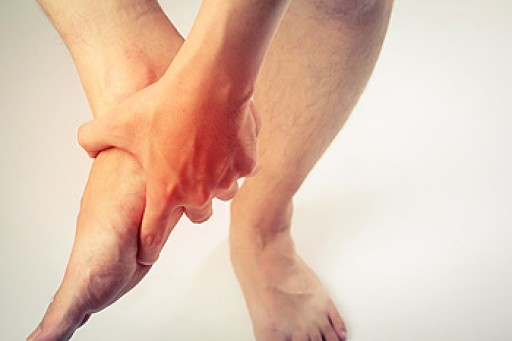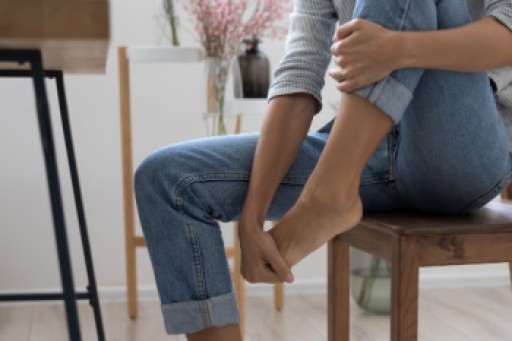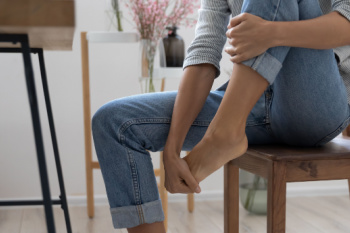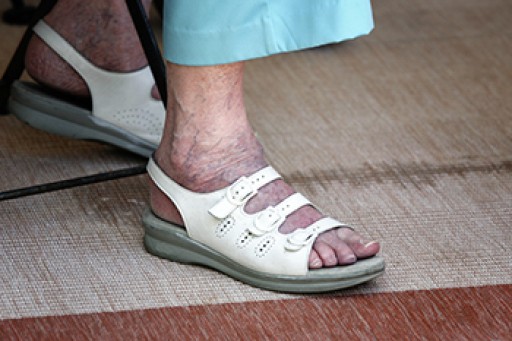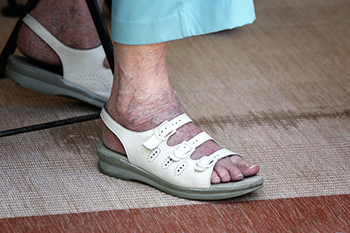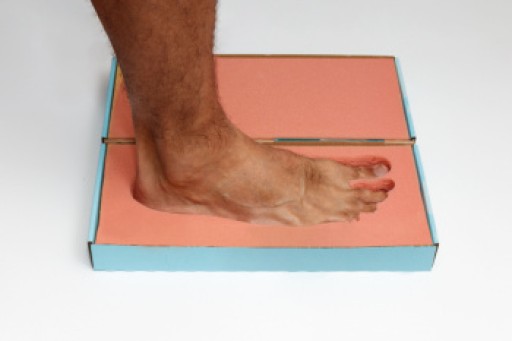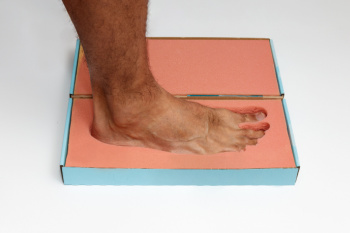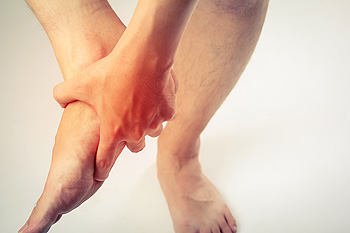 Heel pain is a frequent concern, often associated with conditions such as plantar fasciitis. Plantar fasciitis is a painful condition that occurs when the thick band of tissue under your foot, known as the plantar fascia, becomes inflamed. This commonly results from daily activities like running, standing for long periods, or wearing improper shoes. Podiatrists, or foot doctors, can help treat plantar fasciitis and relieve pain in multiple ways. Podiatrists may recommend specific stretching exercises to release tightness in the plantar fascia or they may customize orthotic inserts to support the foot. In some cases, they may suggest anti-inflammatory medications or corticosteroid injections aiming to reduce pain and inflammation. With proper guidance from a podiatrist, heel pain caused by plantar fasciitis can become more controlled. If you are suffering with heel pain or conditions such as plantar fasciitis, it is suggested that you consult a podiatrist to find a treatment best fit for your specific condition.
Heel pain is a frequent concern, often associated with conditions such as plantar fasciitis. Plantar fasciitis is a painful condition that occurs when the thick band of tissue under your foot, known as the plantar fascia, becomes inflamed. This commonly results from daily activities like running, standing for long periods, or wearing improper shoes. Podiatrists, or foot doctors, can help treat plantar fasciitis and relieve pain in multiple ways. Podiatrists may recommend specific stretching exercises to release tightness in the plantar fascia or they may customize orthotic inserts to support the foot. In some cases, they may suggest anti-inflammatory medications or corticosteroid injections aiming to reduce pain and inflammation. With proper guidance from a podiatrist, heel pain caused by plantar fasciitis can become more controlled. If you are suffering with heel pain or conditions such as plantar fasciitis, it is suggested that you consult a podiatrist to find a treatment best fit for your specific condition.
Many people suffer from bouts of heel pain. For more information, contact one of our podiatrists of Footcare Now. Our doctors can provide the care you need to keep you pain-free and on your feet.
Causes of Heel Pain
Heel pain is often associated with plantar fasciitis. The plantar fascia is a band of tissues that extends along the bottom of the foot. A rip or tear in this ligament can cause inflammation of the tissue.
Achilles tendonitis is another cause of heel pain. Inflammation of the Achilles tendon will cause pain from fractures and muscle tearing. Lack of flexibility is also another symptom.
Heel spurs are another cause of pain. When the tissues of the plantar fascia undergo a great deal of stress, it can lead to ligament separation from the heel bone, causing heel spurs.
Why Might Heel Pain Occur?
- Wearing ill-fitting shoes
- Wearing non-supportive shoes
- Weight change
- Excessive running
Treatments
Heel pain should be treated as soon as possible for immediate results. Keeping your feet in a stress-free environment will help. If you suffer from Achilles tendonitis or plantar fasciitis, applying ice will reduce the swelling. Stretching before an exercise like running will help the muscles. Using all these tips will help make heel pain a condition of the past.
If you have any questions please contact our offices located in Elmhurst Jackson Heights, and Astoria, NY . We offer the newest diagnostic and treatment technologies for all your foot and ankle needs.
